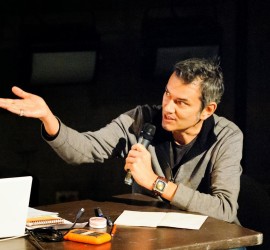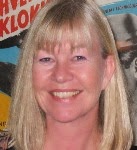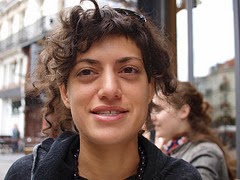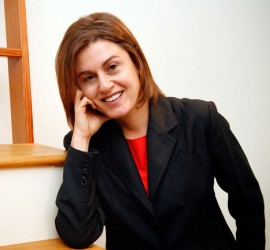Recap: Living Time: Art and Life After ‘Art-Into-Life’
On February 20 and 21, the Arts Research Center was delighted to welcome over 200 attendees to the UC Berkeley Art Museum and Pacific Film Archive Gund Theater as our ARC community debated and discussed the connections surrounding and between the boundaries separating “art” and “life.” We were equally delighted to host 15 celebrated international, national and Bay Area artists, curators, and scholars from a variety of art fields who presented on historical and contemporary, visual and performance based iterations of the distinctly 20th century cultural phenomenon of ‘art-into-life’.
Continue to read…





